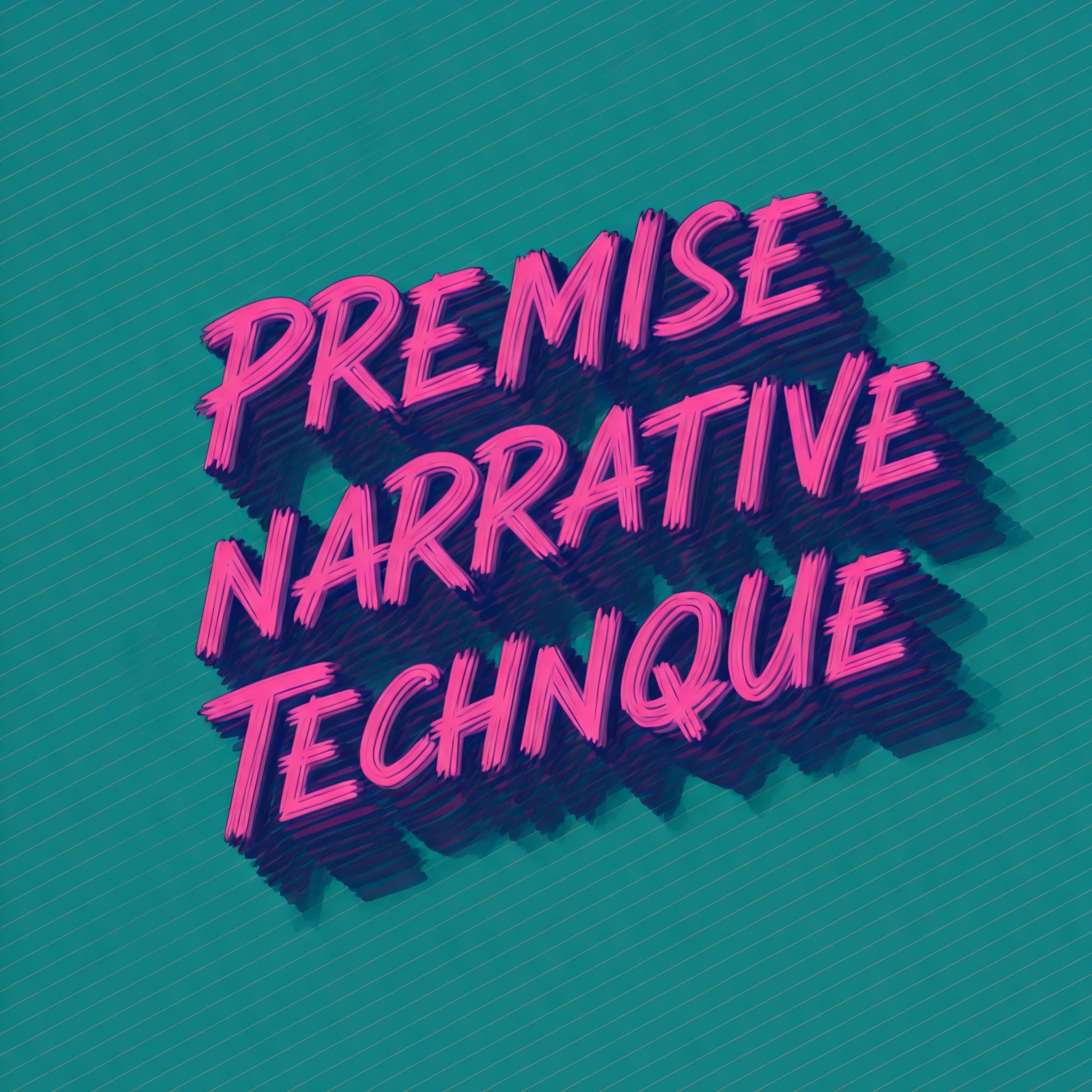I. Introduction: The Genesis of Story
a. Defining Narrative Premise: The Seed of Story: Every narrative, from the most epic saga to the briefest anecdote, germinates from a single, potent seed: the premise. The premise is the foundational concept, the core idea that encapsulates the narrative’s central conflict and driving force. It is the concise expression of what the story is fundamentally about. It is not merely a plot summary, but rather the underlying question or proposition that the narrative seeks to explore.
b. Distinguishing Premise from Plot and Theme: While often conflated, premise, plot, and theme are distinct narrative elements. The plot is the sequence of events that unfold within the story. The theme is the overarching message or idea the narrative conveys. The premise, however, precedes both. It is the conceptual bedrock upon which the plot is built and through which the theme is explored. For instance, the premise “What if a man woke up one morning as a giant insect?” (as in Kafka’s Metamorphosis) is distinct from the plot (the specific events of Gregor Samsa’s transformation and its consequences) and the theme (alienation and isolation).
II. The Anatomy of a Compelling Premise
a. Conflict as the Core: Driving the Narrative Engine: Conflict is the lifeblood of narrative. A compelling premise invariably hinges on a central conflict, a clash of opposing forces that creates dramatic tension and propels the narrative forward. This conflict can be external (man against man, man against nature) or internal (man against himself). Without conflict, there is no story.
b. Stakes and Consequences: Elevating the Dramatic Tension: The stakes are what the characters stand to gain or lose as a result of the conflict. Consequences are the repercussions of their actions or inactions. High stakes and significant consequences amplify the dramatic tension, making the narrative more engaging and emotionally resonant. If the outcome of the conflict has little or no impact on the characters or their world, the premise loses its potency.
c. Central Question: The Unresolved Query that Propels the Narrative: A strong premise often poses a central question that the narrative seeks to answer. This question acts as a driving force, keeping the audience engaged and invested in the outcome. This question can be explicit (“Will they escape the island?”) or implicit (“Can love conquer all?”).
III. Types of Premise Narrative Techniques
a. What If?: Exploring Hypothetical Scenarios: The “What If?” premise explores hypothetical situations, often with significant implications.
i. Societal What Ifs: These premises explore the potential consequences of societal changes, technological advancements, or historical events. For example, “What if the South had won the Civil War?”
ii. Personal What Ifs: These premises focus on the personal ramifications of specific choices or events in a character’s life. For example, “What if I had taken a different path?”
b. The Fish Out of Water: Placing Characters in Unfamiliar Contexts: This premise places a character in an unfamiliar environment, forcing them to adapt and confront new challenges. This creates opportunities for humor, social commentary, and character development.
c. Man Against Himself: Internal Conflict as the Driving Force: This premise focuses on a character’s internal struggles, such as moral dilemmas, psychological conflicts, or battles with addiction.
d. Man Against Society: Exploring Social and Political Conflicts: This premise explores the conflict between an individual and the prevailing social or political structures.
e. Man Against Nature: The Battle for Survival against the Elements: This premise pits characters against the forces of nature, testing their resilience and survival skills.
f. Man Against Machine: The Conflict with Technology and Artificial Intelligence: This premise explores the potential dangers and consequences of advanced technology and artificial intelligence.
g. The Journey/Quest: A Physical or Metaphorical Voyage of Discovery: This premise follows a character’s journey, either physical or metaphorical, as they pursue a specific goal or seek self-discovery.
IV. Crafting a Powerful Premise
a. Specificity and Clarity: Avoiding Ambiguity: A strong premise is specific and clearly defined. Ambiguous or vague premises lead to unfocused and unsatisfying narratives.
b. Originality and Innovation: Eschewing Clichés: Originality is paramount. A premise that rehashes tired tropes or clichés will struggle to capture the audience’s attention.
c. Universality and Resonance: Connecting with Audiences on a Deeper Level: While originality is important, a truly powerful premise also taps into universal human experiences and emotions, resonating with audiences on a deeper level.
V. Premise in Different Narrative Forms
a. Film and Television: Visual Storytelling and Premise: In visual media, the premise is often conveyed through striking visuals and concise dialogue.
b. Literature: Novels, Short Stories, and Premise: In literature, the premise can be explored through more nuanced character development and internal monologue.
c. Video Games: Interactive Narrative and Premise: In video games, the premise can be influenced by player choices and actions, creating a more dynamic and interactive narrative experience.
VI. Case Studies: Examining Premise in Popular Works
a. Analyzing specific examples of well-crafted premises (e.g., Jurassic Park: What if dinosaurs were brought back to life?).
b. Deconstructing less effective premises and their shortcomings (e.g., premises that lack conflict or stakes).
VII. Conclusion: The Enduring Power of Premise
a. Premise as the Foundation of Engaging Storytelling: The premise is the cornerstone of effective storytelling. A well-defined premise provides a solid foundation for a compelling and engaging narrative.
b. The Importance of a Well-Defined Premise for Narrative Success: Without a strong premise, even the most skilled writing and direction will struggle to create a truly memorable and impactful story. The premise, therefore, is not merely a starting point, but the very essence of narrative itself.
